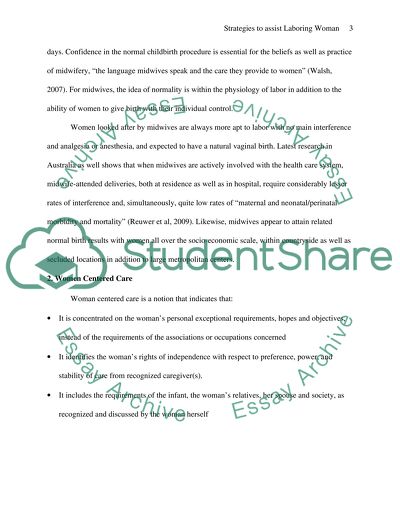Cite this document
(“Strategies mplemented to assist the labouring woman progress Essay”, n.d.)
Retrieved from https://studentshare.org/nursing/1400329-strategies-to-assist-the-labouring-woman-so-she
Retrieved from https://studentshare.org/nursing/1400329-strategies-to-assist-the-labouring-woman-so-she
(Strategies Mplemented to Assist the Labouring Woman Progress Essay)
https://studentshare.org/nursing/1400329-strategies-to-assist-the-labouring-woman-so-she.
https://studentshare.org/nursing/1400329-strategies-to-assist-the-labouring-woman-so-she.
“Strategies Mplemented to Assist the Labouring Woman Progress Essay”, n.d. https://studentshare.org/nursing/1400329-strategies-to-assist-the-labouring-woman-so-she.


